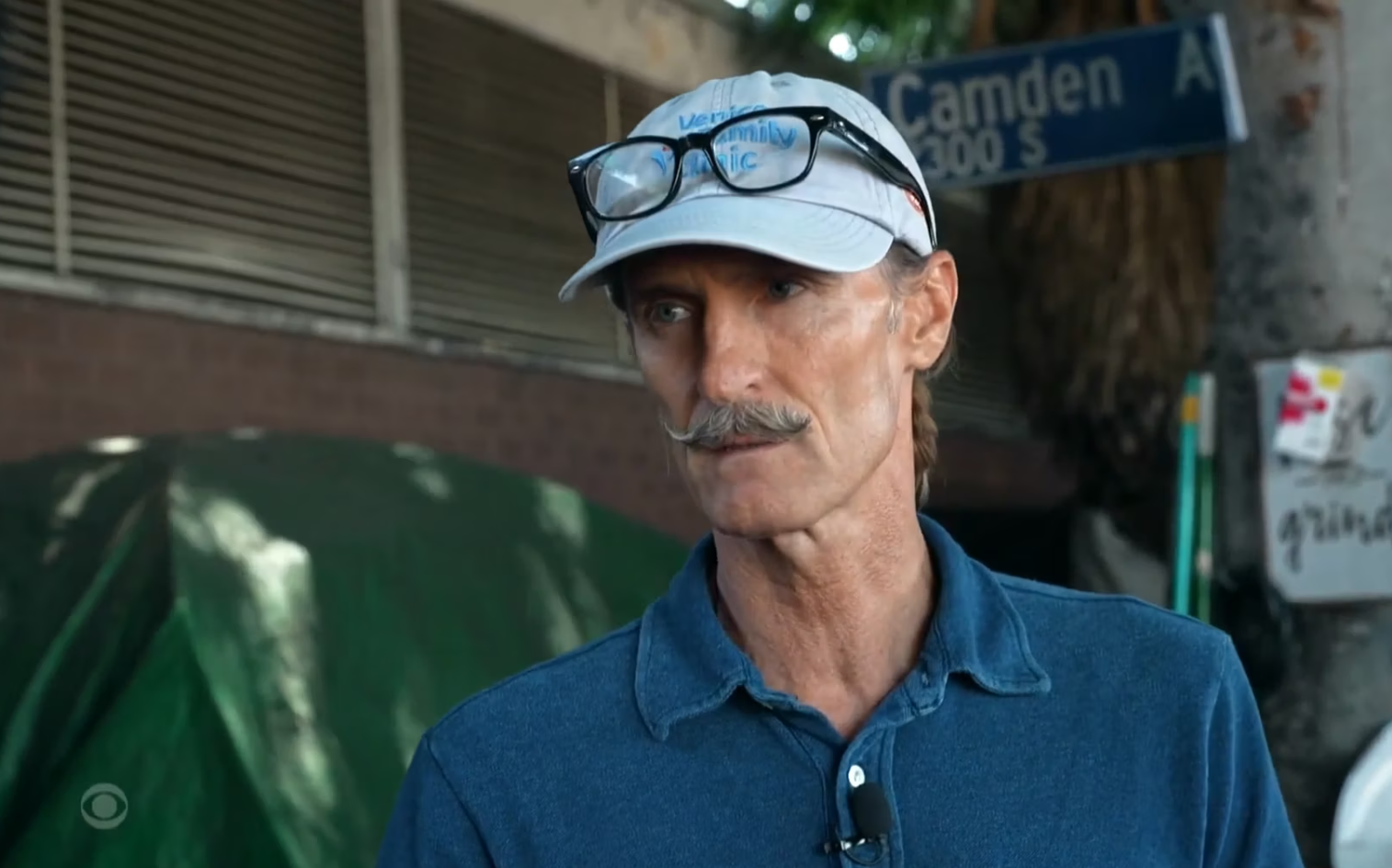By Adam Yamaguchi
Originally published on CBS Evening News
For four days a week, Venice Family Clinic’s mobile exam room serves as a doctor’s office for those without homes in the Los Angeles area.
“We want to be there for them,” said Dr. Coley King, the clinic’s director of homeless health care.
There are more than 45,000 people experiencing homelessness in the city of Los Angeles, according to the city’s Homeless Services Authority. King says many of them suffer from serious medical illnesses.
“There are patients that have schizophrenia, have HIV. So I think there’s urgency from everyone to solve this,” King said.
Nearly half of all homeless people in the U.S. live in California, according to the U.S. Department of Housing and Urban Development. The state had roughly one shelter bed for every three people who needed one last year, according to the Public Policy Institute of California.
Earlier this year, leaders like California Gov. Gavin Newsom were empowered to take action in clearing homeless encampments after the U.S. Supreme Court ruled cities could ban people from sleeping outside.
“It’s time to move forward with urgency at the local level to clean up these sites… there are no longer any excuses,” Newsom said in a video posted to social media.
Easy to say, perhaps, but the reality is more complicated.
“The goal has got to be to solve the problem,” said Los Angeles Mayor Karen Bass. “Our problem here is we don’t have enough housing. We need to build, we need to purchase buildings.”
Bass is focused on getting people off the streets and into shelters that up until now did not exist. She’s doing it by leveraging empty motels and city-owned properties with the goal of moving people indoors urgently and clearing encampments permanently.
“You don’t solve anything by clearing an encampment and just moving them to the next street,” Bass said.
Since 2022, Bass’s “Inside Safe” program has brought more than 3,000 people indoors from over 60 encampments, the city says. The city has seen a 10% drop in street homelessness.
Pointing to an empty patch of grass next to a playground, Bass said, “This area right here, many months ago was filled with tents. And you can imagine what family wants to bring their kids here —right there— if this is filled with tents and you’re afraid of the people that are here. And look at it now.”
While some people have been able to find interim housing, others are still waiting.
“We’re dealing with massive numbers, so it is gonna take a while. I wish I could tell you that on this date, this problem would be ended. I can’t do that, but what I do know is that if we continue along with the trajectory that we’re headed on, we will be able to solve this problem,” Bass said.
It’s an approach that could also solve a problem for Dr. King, who often loses contact with people who need more consistent care. “We may lose them and we may lose them forever, because they are that sick. I have faith that here we’re already on that pathway to try to do this the right way,” King said.
A crisis decades in the making is slowly changing, one day and one life at a time.
